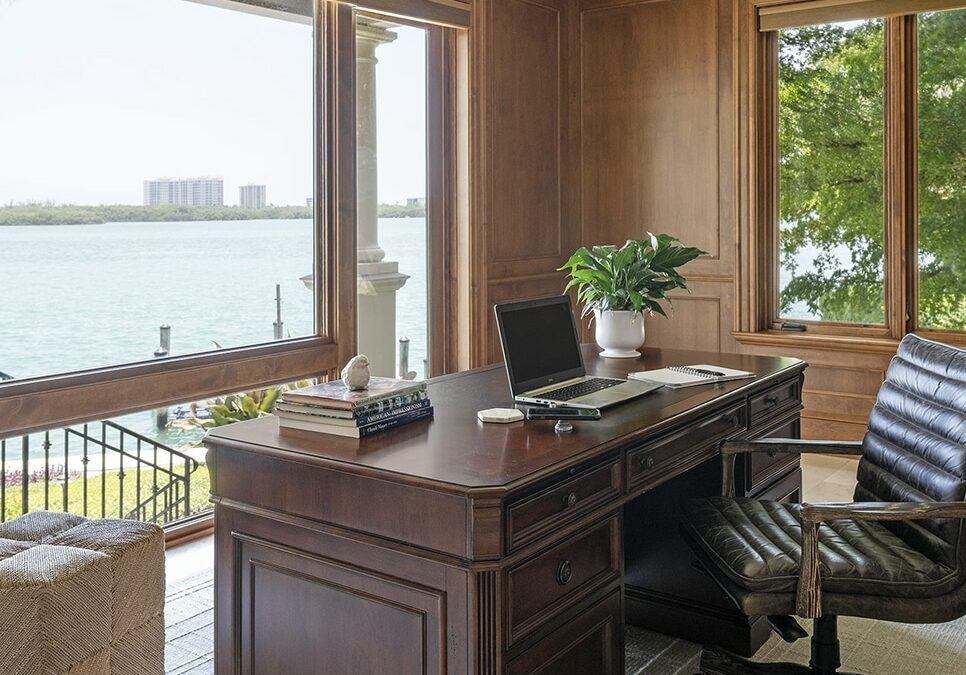If you are considering dedicating a space for an office in your home, there are many things to consider. Are you looking to transform an existing room in your home into a home office? Try to designate a room that may offer the most privacy. Once you have made that decision, now it is time to get into other variables of the home office design process.
How To Approach Your Home Office Design Project
Begin by designing a home office that is functional, comfortable, and conducive to productivity requires thoughtful planning and consideration. Here are some steps to help you approach your home office design project:
Define Your Needs
Start by identifying your specific needs and requirements for your home office. Consider factors such as the amount of space you have available, the type of work you do, the equipment, and storage you require, and any specific preferences or constraints you may have.
Consider Ergonomics
Ensure that your workspace is ergonomically designed to support your comfort and well-being. Invest in a good-quality desk and chair that promotes proper posture and provides adequate support for your back. Pay attention to the height and positioning of your monitor, keyboard, and mouse to avoid strain on your neck, shoulders, and wrists.
Organize and Optimize Storage
Create a storage system that keeps your office organized and clutter-free. Use shelves, cabinets, or storage boxes to store files, supplies, and equipment. Consider implementing a filing system to keep important documents easily accessible. Utilize desk organizers or drawer dividers to keep smaller items in order.
Lighting
Ensure that your home office has adequate lighting. Natural light is ideal, as it can boost mood and productivity. If natural light is limited, incorporate a mix of ambient, task, and accent lighting to create a well-lit and inviting workspace.
Personalize Your Space
Add elements that inspire and motivate you. Make sure to include artwork, plants, or personal mementos that bring you joy and represent your personality in your home office. Select colors that promote focus and productivity, such as calming neutrals or energizing shades.
Technology and Connectivity
Assess your technological needs, including high-speed internet access, reliable Wi-Fi, and any specific equipment required for your work. Ensure that you have suitable outlets and power sources for your devices placed where they are needed. Consider cable management solutions to keep cords organized and out of the way.
Test and Adjust
After your home office is set up, spend some time working in the space and observing how it functions. Make adjustments as needed to optimize the layout, organization, and comfort to suit your workflow and preferences.
Remember, your home office should be a space that supports your productivity, focus, and well-being. Tailor the design to your needs and preferences. Try to be open to adapting and refining the space as you settle into your work routine.
Creating a home office can be a great DIY project especially when so many newer homes have a flex room that can easily transform into a home office!
If you need help creating the space for your home office or would like help with the design – Trade Mark Interiors is happy to help with your home project needs. Contact our team of incredible designers today to learn how we can help you!
